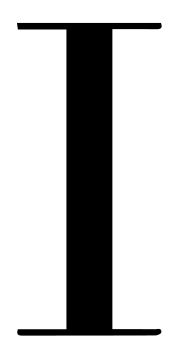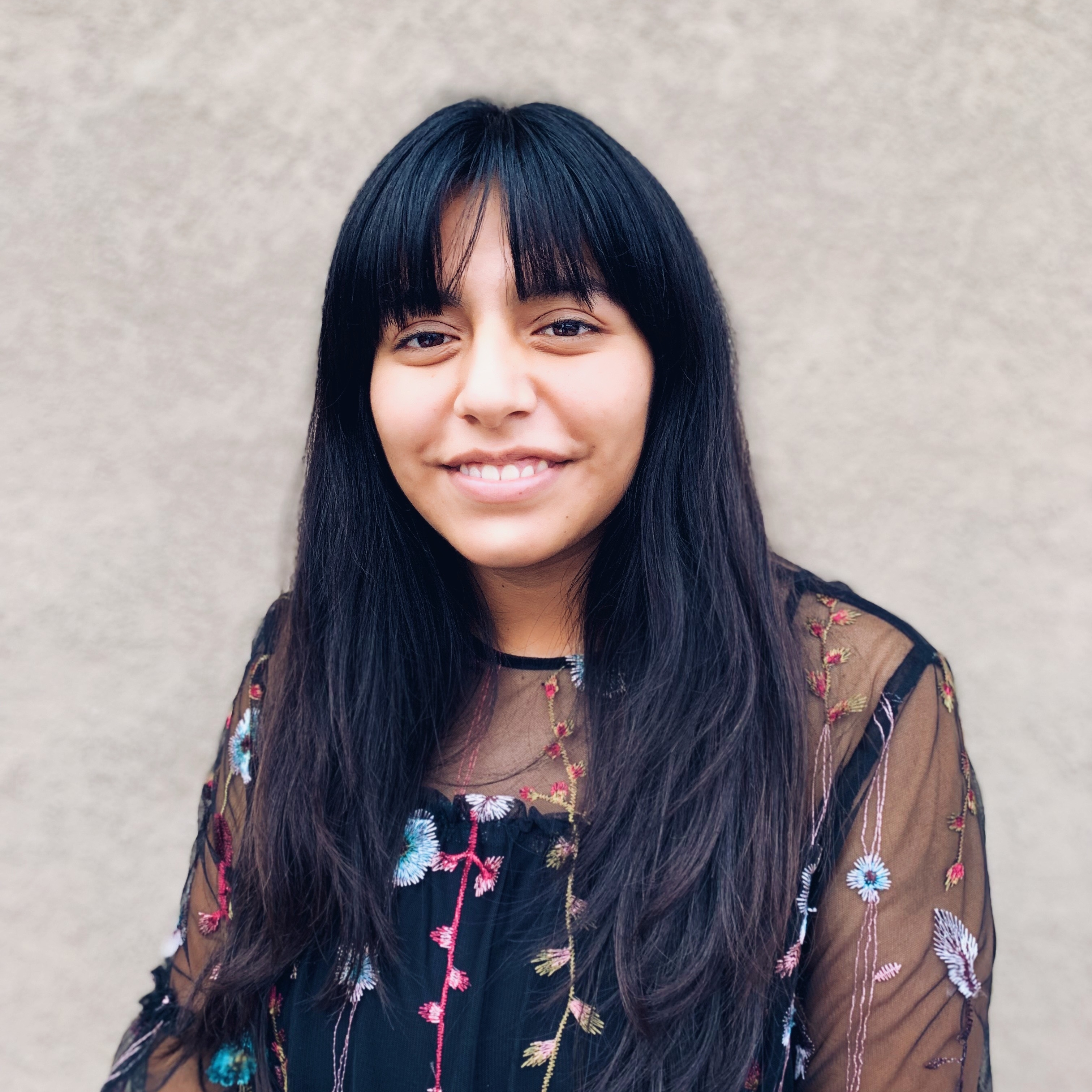Poverty Stoplight is a tool and platform that can be used to enable families to self-assess their levels of poverty and subsequently develop strategies for growth. The tool generates maps that will show the multi-dimensional ways in which individuals are socio-economically challenged and enables them to strengthen themselves based on their individualized circumstances.
Interviewed by Jacqueline Liliana Rivas
Let’s begin with the issue of poverty. What can be defined as poverty? Is the poverty line an accurate measure?
Poverty has too many definitions. It is definitely not only a lack of income; oversimplifying poverty with a poverty line and with a monetary dollar figure may have been okay in the 1960s… but they needed a simple definition that everybody could agree on. Now we know that in addition to money, there are basic human needs. People, in addition to money, need housing and education and health and employment.
You also have subjective indicators of poverty such as organization, participation, interiority, and motivation; it depends on perspective. Self-esteem and the capacity to address conflicts are as important as making money or having a car. Not only must policymakers define poverty, but that which determines poor people as well. How to understand and capture their perspective is very important. Not only are we interested in defining poverty, but what are we going to do about it? What is the effective person, government, and civil society going to do?
Was there a specific moment in your life that motivated you to seek solutions to alleviate poverty?
I’ve always had a commitment to vulnerable people. When I was eight or nine years old, I decided that was my calling. I’ve always wanted to help those less fortunate. I’ve found happiness and fulfillment in serving and helping others, and I find it fascinating.
Fundación Paraguaya is a self-sustainable, non-governmental organization that you and your wife founded in 1985. How did this idea come about?
I came to California for college where I was lucky enough to meet my wife. We got married and then moved back to Paraguay. Since my family opposed the dictatorship, I couldn’t get any government work, so I started one of the country’s first non-profit organizations. My wife and I started a microcredit program that gave small loans for the unbankable: shopkeepers, seamstresses, street vendors, and carpenters who worked out of their house and belonged to the economy’s informal sector with no access to the banks. So we started with that, and for more than 40 years, we have understood what allows people to overcome poverty. Sometimes it is lack of credit, entrepreneurial spirit, training, or motivation. We started the Paraguay Foundation in 1985. Just last year the Inter-American Bank gave us their highest award as the #1 Civil Society Organization in Latin America. Yesterday, the government of Ecuador asked us to bring the Poverty Stoplight methodology to Ecuador, officially.
Your focus has now turned towards a promotion of entrepreneurship and economic self-reliance as a way to eliminate poverty. Can you elaborate on how financial literacy became a catalyst for change?
Unfortunately, our schools do not teach money matters. For some reason, most adults don’t want kids to worry or talk about money. Middle class kids have role models in their families; they’re surrounded by people who know how to start and grow a business. Many people in poor families don’t have that.
We started our microfinance program to promote loans to the poor—mostly women, small businesses, and micro businesses. In addition to inaccessibility, they did not know the basics of savings, financial literacy, nor arithmetic to do income statements. They did not know what a balance sheet or cash flow was. We started teaching their children financial and entrepreneurial literacy. Then, we went to rural youth and started farm schools for young farmers and our native indigenous people. We worked mostly with women but also with 80,000 families in the microcredit program, 150,000 young people, three rural schools (financially self-sufficient agricultural schools), and now we’re dealing with this new way of measuring poverty called the Poverty Stoplight.
Zooming in on Poverty Stoplight, there are so many layers to how the app can self-diagnose families. It works across six dimensions to assess levels of poverty. How flexible is it in assessing rural communities who have a different notion of poverty? There are only red, yellow, and green indicators, but do you think it can be expanded?
We are working with developers to improve the technology withs graphs and visualizations. Before, it was about governments. But today, in one app, you can have millions of families. Technology allows us to look into multidimensional poverty and allows families to strengthen themselves. You need to ask every family: what is it for you not to be poor? It was difficult to ask those questions, but now we have developed a methodology that allows us to be multidimensional and bottom-up. Most poverty programs use indexes, but a mother in Santa Ana may not understand what 35 percent or 65 percent means. Instead, ask this family, “How are you doing and what are your priorities?
If you reduce people to whether they have money or not, you miss the point of what a human being is.
As a self-diagnostic tool, Poverty Stoplight has been able to geo-tag families and communities. Are there often clear borders between red and green indicators, or is there a mix?
In general, yes, there is a mix, but it depends on the indicator. Digital maps will say, for example, dental poverty, which you can have all over. But you can also find clusters. Family violence, for example, can be dispersed. In some cases, in one block you can have red, yellow, and green for public transportation. Or a family that’s green, green, green, but yellow in dental. This allows people to become self-aware of their own strengths and weaknesses. If you reduce people to whether they have money or not, you miss the point of what a human being is. We don’t measure individuals but families, to the point where we don’t think we can have a child poverty program without helping their mother too. We work with community organizations, local government, and companies in the private sector.
How can Poverty Stoplight be used to address homelessness in Orange County?
We have a collaboration agreement with the Salvation Army of Orange County, who work with the homeless in shelters. We will be working with the homeless, asking them to look at their situation from a multidimensional approach when they go into shelters. Of course, shelters only provide a limited number of sources, but we can refer. If they don’t have a dental clinic, there’s plenty in Santa Ana or Tustin, for example. We’re also looking forward to working with UC Riverside, UC Merced, maybe UC Davis, the city of Stockton, Modesto.
You are planning on setting up a UCI center in Paraguay for Global Service Scholars, can you explain more about the future of that program?
We received about a dozen UCI students in August. They went on exchange with Give, Receive, and Explore and were stationed at our agricultural high school. In the mornings, they were trained by the local high school students on how to grow an organic vegetable garden, make cheese, run a rural hotel, raise poultry, feed the pigs, etc.. In the afternoons, the students worked with high school teachers to improve their teaching skills, and on weekends they explored.
They discovered what a Spanish-speaking country was; in Paraguay, everyone speaks both Spanish and the Indigenous language. Students were allowed to compare and contrast what a Spanish-North American culture was with a Spanish-South American culture. Many things are the same, and some are different. It was a big learning experience for the Global Scholars Program, and I encourage other students to come. I travel with them, show them around, and cook with them.
In your work with Poverty Stoplight, how can it make a difference for families in Orange County?
It allows families to count their blessings and say, ‘I’m not poor in everything.’ You can have a low-income family that’s rich in other things such as culture, family relations… but economists do not want to recognize that. Instead of reducing humans to income or hard indicators (which are still important), consider culture, family love, and high self-esteem. It’s very important to ask people, ‘What is important to you?’ We need to learn compassion and empathy; we need to listen. Usually anti-poverty programs think, “why consult with the poor, because if they were intelligent they wouldn’t be poor, so what do they know?” But what is poverty if it’s not only money? You can have a nice flushing toilet but be cramped in the bedroom or vice versa. Some argue that there’s too many indicators, but any mother in Santa Ana can look at this app and say, ‘Okay, I can do this.’
It’s all about lighting human dignity—this human spirit in every family. That attitude depends on the indicator.


